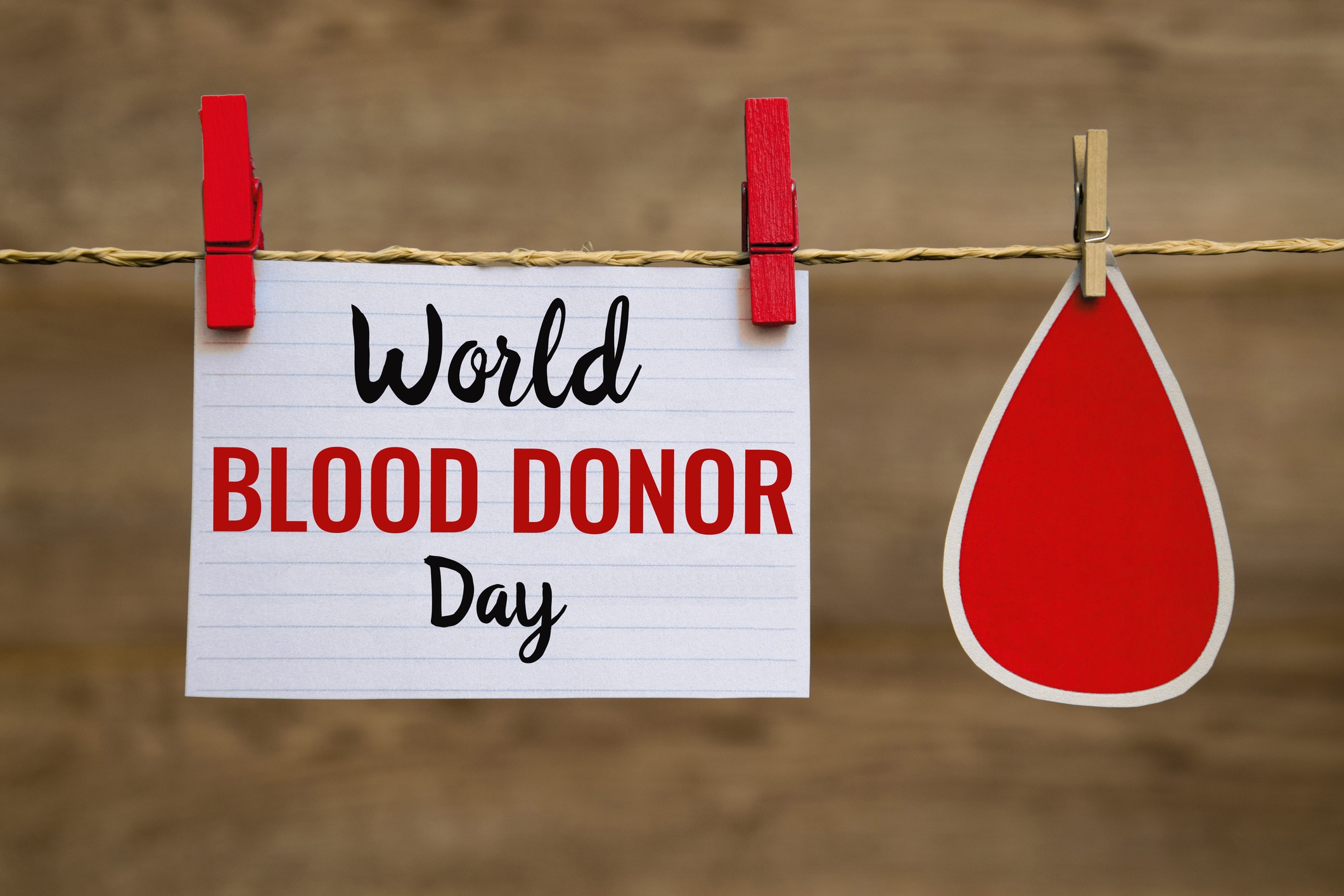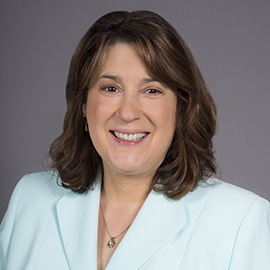
When the days get longer and hotter, it can only mean one thing – summer is here! While we purchase tickets for waterparks or pack up a cooler for a day at the lake, trauma teams across the nation are preparing for summer in a much different way. From Memorial Day to Labor Day, trauma teams see a significant increase in severe injuries. More injuries mean a greater need for blood products. Few people know that a single car accident victim can use as many as 100 units of blood.
Due to a significant blood shortage across the nation, this summer’s trauma season is a major concern. The shortage could mean that patients will not get the blood they need. It could result in postponing elective surgical operations so that the blood that is available is saved for those with emergent needs. We have come to expect that blood will always be available for our patients, but if we do not get involved now, that may not be the case.
What can you do? If you are eligible, please consider donating blood to the American Red Cross or the blood center nearest you, and encourage family and friends to do the same. Don’t assume that someone else will come forward. Only about a third of the population is eligible to donate blood, and less than 5% actually roll up their sleeve to donate. All blood types are needed, but the most common blood type, Group O, is the most needed. The blood from Group O donors can be given to patients with all blood types.
Donating one unit of blood can potentially save up to three lives. Find a blood drive near you by visiting RedCrossBlood.org and make a life-saving impact on your community!
Don’t know if you’re eligible to give blood? Use this article as a point of reference.
Listed below are more facts from The American Red Cross.
- Someone needs blood in the US needs blood every two seconds.
- Nearly 16 million blood components are transfused each year in the U.S.
- Nearly 5,000 units of platelets and 6,500 units of plasma are needed daily in the U.S.
- According to the American Cancer Society, more than 1.8 million people are expected to be diagnosed with cancer in 2020. Many of them will need blood and platelets, sometimes daily, during their chemotherapy treatment.
- Blood and platelets cannot be manufactured; they can only come from volunteer donors.









